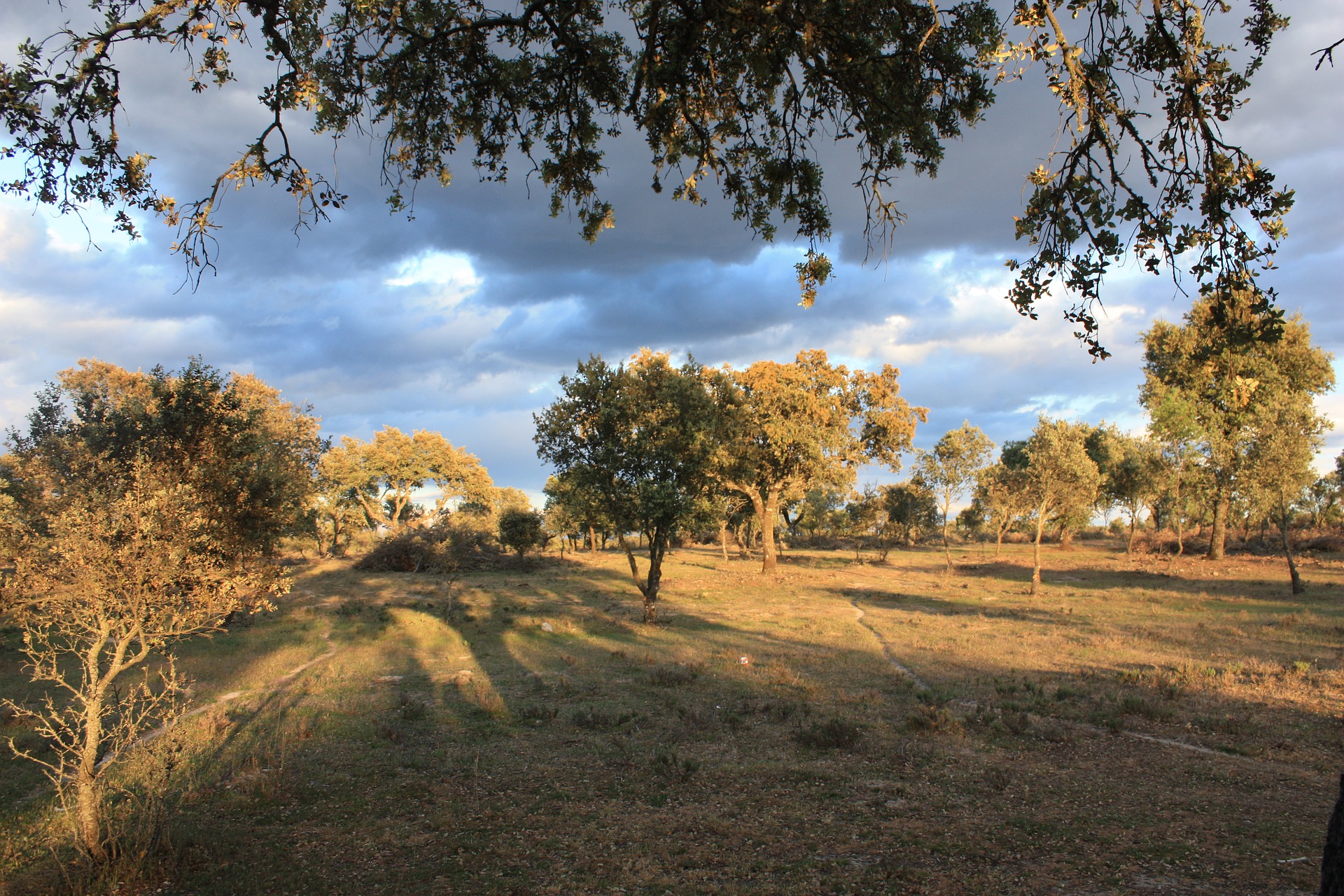The Plan incorporates 57 measures to reduce GHG emissions and energy consumption, achieve a climate-neutral economy and ensure 100% renewable generation.
The Department of Environmental Transition and Sustainability of the Regional Government of Extremadura approached its design from a regional perspective, including the reality of Extremadura's energy system and resources, while at the same time taking the objectives of the National Integrated Energy and Climate Plan into account.
To meet this challenge, they relied on TECNALIA's experts in Energy Planning. In collaboration with the GEAR Group of the UCLM and Abay Analistas, they worked on planning, analysing and modelling long-term scenarios, and assessing socio-economic impacts. They employed robust and scientifically recognised methodologies: simulation models based on LEAP/OSeMOSYS and multi-regional input-output methods respectively.
TECNALIA received the certificate of satisfactory execution from the Regional Government of Extremadura, and the recognition of the various administrations involved in the plan. Thanks to this work, the Extremadura Integrated Energy and Climate Plan sets ambitious targets for 2030: a 10.03% reduction in GHG emissions; a 22% reduction in end-use energy; achieving a climate-neutral economy in Extremadura; and ensuring that all energy produced in the region by 2030 comes from renewable sources.
To achieve these actions, 57 sectoral and cross-cutting measures have been proposed in four areas of action: mitigation, adaptation, research and innovation, and social activation.
About the National Integrated Energy and Climate Plan (PNIEC)
National Energy and Climate Plans (NECP) or National Integrated Energy and Climate Plans (PNIEC) are mandatory for all EU member states. Spain has put forward various versions of its 2021-2030 Plan over the last two years. The approved plan was published in Official State Gazette (BOE) No. 77 of March 31, 2021. The PNIEC lays out the conceptual foundations, and the evaluation details of the Law on Climate Change and Energy Transition.
The Autonomous Communities have the challenge of establishing their own regional plans, based on the objectives of this Plan: reducing greenhouse gas emissions by 23% compared to 1990 levels; 42% of renewables in end-use energy consumption; and 74% of renewable electricity generation; among others.
Further information

